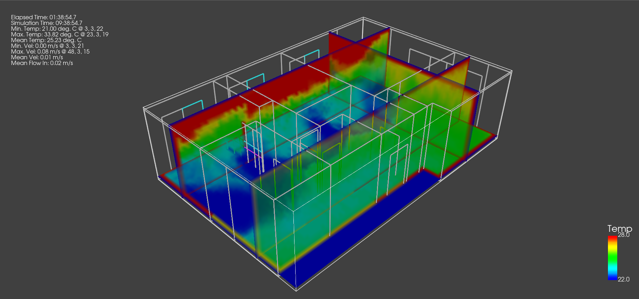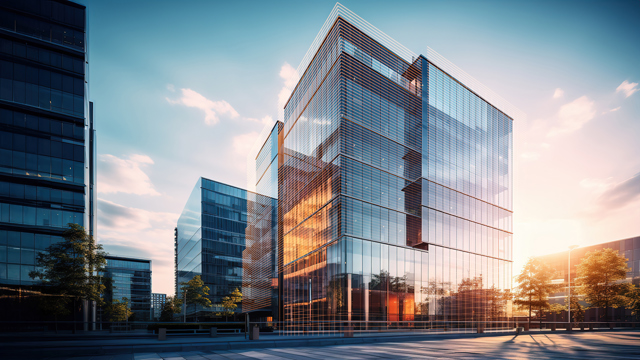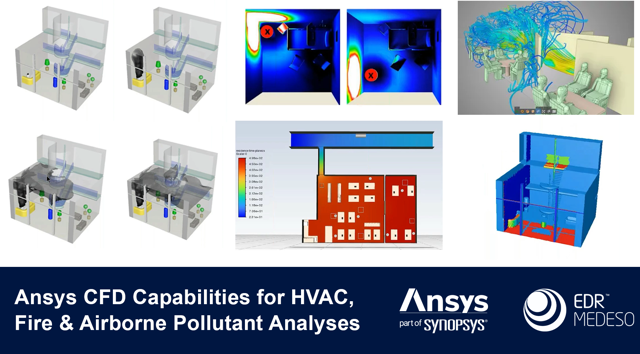The CIBSE Building Simulation Award celebrates the cutting-edge tools and methodologies that are shaping the future of sustainable design and building performance. This year, four leading sponsors showcased their latest innovations, each offering unique insights into how simulation technology is transforming the built environment.
![]()

DesignBuilder: Advanced Tools to Optimise Performance and Impact
 DesignBuilder demonstrated why it has become a go-to platform for engineers and designers seeking both power and flexibility. With advanced features such as parametric analysis, genetic algorithm optimisation, runtime scripting, and detailed HVAC modelling, the tool enables faster, more cost-effective decision-making.
DesignBuilder demonstrated why it has become a go-to platform for engineers and designers seeking both power and flexibility. With advanced features such as parametric analysis, genetic algorithm optimisation, runtime scripting, and detailed HVAC modelling, the tool enables faster, more cost-effective decision-making.
What makes DesignBuilder stand out is its ability to support the entire building lifecycle:
- Compliance modelling for UK and Ireland certification (EPC, Part L, TM52/59/Part O).
- Design-stage optimisation aligned with standards like TM54, NABERS UK, BREEAM, LEED, and ASHRAE 209.
- Operational efficiency improvements in existing buildings using TM63, ASHRAE Guideline 14, and IPMVP.
The session highlighted how a single DesignBuilder model can seamlessly transition from compliance to design to operation, empowering project teams to deliver better outcomes. Attendees also gained access to free resources to help them get started.
Missed their presentation or want to revisit the insights? Watch the recording here: DesignBuilder: Advanced Tools to Optimise Performance and Impact
EDSL TAS – Integrating simulation and CFD for dynamic internal microclimate analysis

EDSL TAS focused on the importance of dynamic internal microclimate analysis, showcasing how the integration of building simulation with Computational Fluid Dynamics (CFD) provides deeper insights into occupant comfort and indoor environmental quality. By combining these approaches, designers can evaluate airflow, temperature distribution, and pollutant dispersion at a granular level, ensuring healthier and more resilient spaces.
Missed their presentation or want to revisit the insights? Watch the recording here: Integrating simulation and CFD for dynamic internal microclimate analysis
IES – Improving Existing Building Performance through Building Simulation

While the industry has made significant strides in designing planet-friendly new buildings, the reality is that 80% of the 2050 building stock is already standing. IES emphasised that achieving net-zero requires a fundamental rethink of how we manage and retrofit existing buildings.
Their presentation showcased how IES technology, methodologies, and real operational data can be harnessed to:
- Identify inefficiencies in existing assets.
- Model retrofit strategies with precision.
- Provide actionable insights to reduce carbon impact.
The message was clear: the path to net-zero is not optional, and simulation tools are critical in unlocking the potential of our existing built environment.
Missed their presentation or want to revisit the insights? Watch the recording here: Improving Existing Building Performance through Building Simulation
Ansys – CFD Solutions for HVAC and Beyond

Ansys highlighted the versatility of CFD technology in addressing complex challenges across HVAC design and building safety. Beyond thermal comfort and ventilation optimisation, CFD can simulate dynamic scenarios such as:
- Fire events and suppression strategies.
- Smoke and contaminant dispersion.
- Dust and airborne particle behaviour.
- Thermal management in critical environments.
The presentation underscored how Ansys CFD solutions are enabling engineers to design safer, healthier, and more efficient buildings by tackling problems that traditional modelling cannot fully capture.
Missed their presentation or want to revisit the insights? Watch the recording here: CFD Capabilities for HVAC, Fire & Airborne Pollutant Analyses
Together, these four sponsors painted a compelling picture of the future of building simulation. From DesignBuilder’s all-in-one modelling platform, to EDSL TAS’s microclimate insights, IES’s net-zero strategies for existing buildings, and Ansys’s advanced CFD applications, the sessions demonstrated that simulation is no longer just a design tool it is a cornerstone of sustainable building performance.